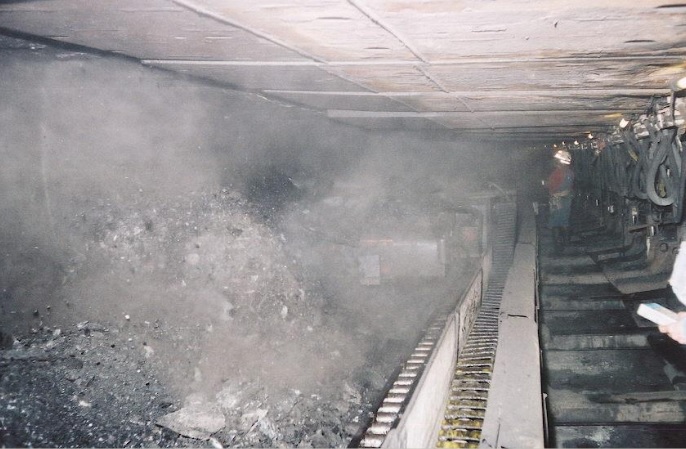The US Mine Safety and Health Administration (MSHA) is re-examining its own coal dust rule to see if it is providing miners with the necessary protection they need.
MSHA, via a request for information (RFI) in the Federal Register, is soliciting comments, data, and information from industry, labour, the US Department of Health and Human Services’ National Institute for Occupational Safety and Health, and other stakeholders related to the rule entitled ‘Lowering Miners’ Exposure to Respirable Coal Mine Dust, Including Continuous Personal Dust Monitors’.
The organisation is also seeking information and data on engineering controls and best practices that mine operators find effective to achieve and maintain required respirable coal mine dust levels, particularly those practices that can be replicated throughout mines nationwide to achieve similar results.
MSHA said: “Due to the significant latency period between exposure and disease, MSHA anticipates the agency will not likely be able to fully evaluate the health effects of the rule for a decade or more.”
David Zatezalo, MSHA Assistant Secretary, said the study had been initiated to determine if the rule was meeting its intended result, and warned mining companies that the organisation had “no intention of rolling back the protections afforded to coal miners under the final dust rule”.
The new rule, which originally took effect on August 1, 2014 and has since been updated, sought to:
- Lower the concentration of dust in the air that miners breathe and improve sampling practices
to better reflect actual working conditions and protect all miners from overexposure - Increase sampling and make use of cutting-edge technology developed for the mining environment to provide real-time information about dust levels
- Provide a common sense phase-in over a two-year period to give the industry the time it needs to
adjust to the new requirements, acquire monitoring equipment, and obtain compliance
assistance from MSHA.
On August 1, 2016, Phase three of MSHA’s respirable dust rule went into effect. This saw the concentration limits for respirable coal mine dust lowered from 2 mg per m³ of dust to 1.5 mg/m³ at underground and surface coal mines, and the concentration limits for respirable coal mine dust lowered from 1 mg/m³ to 0.5 mg/m³ for intake air at underground mines and for part 90 miners (coal miners who have evidence of the development of pneumoconiosis).











